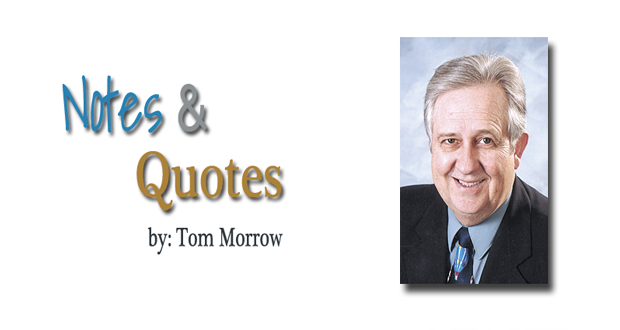
He Was North San Diego’s Anglo Pioneer
By Tom Morrow
In 1848, as a result of the Guadalupe Hidalgo Treaty, Mexico ceded large portions of what would become “Alta” (upper) California and Arizona. It opened the way for American settlers to rush in and claim large portions of what today is Los Angeles and San Diego Counties.
A Tennessee native was one of the first “Angelo” settler to claim one of the largest Mexican land grants in the north part of San Diego County. Cave Johnson Couts’ Rancho Guajome lies in what today is the city of Vista along N. Santa Fe Ave., near the Oceanside city limits.
Couts graduated from the Military Academy at West Point in 1843. He served on Western frontier assignments as a dragoon officer until the end of the Mexican War in 1848. He was posted to the Mission San Luis Rey, the largest of the 21 coastal Spanish missions, which is located today in the city of Oceanside. Later, he was posted 30 miles south to Old Town San Diego.
In 1849, Lieutenant Couts, who was a qualified surveyor, conducted the Whipple expedition to the Colorado River. He documented and mapped California’s and Arizona’s southern boundaries with Mexico as outlined in the Guadalupe Hidalgo Treaty settlement ending the Mexican War with the U.S.
Lieutenant Couts was said to have ridden at the head of a troop of dragoons being posted in San Diego. As Couts entered the town, he caught the eye of Ysidora Bandini, daughter of a prominent Old Town businessman. They were married in 1851. That year, Couts resigned his commission from the U.S. Army and was appointed a colonel on the staff of California Gov. John Bigler.
In 1853, the couple moved to North San Diego County, settling on a tract of land known as the Guajome (pronounced: wah-home-ah), a 2,288-acre Mexican land grant. Ysidora received it as a wedding gift from her brother-in-law, wealthy Los Angeles businessman Abel Stearns. Much of the land had once been claimed by the padres of the Mission San Luis Rey until Mexico took possession in 1821.
Couts built a large, rambling, 20-room, Spanish Colonial-style hacienda. It was built with profits from a cattle boom of the 1850s, when many California ranchos supplied meat and hides to the Gold Rush miners in Northern California.
In 1853, Couts was appointed sub-agent for San Luis Rey Mission Indians. Historical records indicate he took advantage of the natives and used their enslaved labor to improve his properties.
In 1854, Couts became County Judge, and in 1859, was appointed a member of the County’s first Grand Jury, He became a leading political figure in San Diego County.
Over the years, Rancho Gujajome was a stagecoach stop. Ysidora entertained noted author Helen Hunt Jackson while writer was collecting materials for her best-selling book, “Ramona.” Part of Hunt’s story is said to have taken place at the Guajome Rancho – especially some of the ill treatment of the Native Americans living and working on the ranch. When Ysidora found out what Hunt was writing, she had the author locked up and kept prisoner for some time.
As Couts’ wealth grew, consisting largely of cattle, the passage of the fencing law eliminated “open range” grazing, which was a severe financial blow to Couts, and one from which he never fully recovered.
Couts was a controversial and colorful figure. People who knew him either respected and liked him, or outright hated him for his dealings and sometimes cruel methods and treatment, primarily to Native Americans. On one occasion, he reportedly got in a gunfight in Old Town with a former ranch hand, who claimed he was owed unpaid wages. As the story goes, Couts shot the man in the back, but was found “not guilty” by a jury, citing “self-defense.” The verdict, no doubt, was the result of Couts being influential in early San Diego County.
Couts died at the young age of 53 years and is buried in the Old Town cemetery in San Diego. A number of the Couts family relatives still live in the San Diego area.
Today, what’s left of the original Rancho Gujajome hacienda and associated structures is a National Historic Landmark. It also is a California Historical Landmark and on the National Register of Historic Places, serving as a County park and museum. In the museum the surveyor’s transit Couts used to map the southern U.S. border is occasionally on display, loaned by a descendant of Couts.
